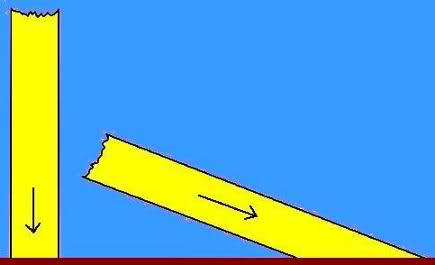The sunlight doesn't shine evenly over the earth. When the sunlight is angled one square foot of sunlight covers more than one square foot of earth.

But surely you accept that IF the Earth is a globe, and one side of that globe points toward the Sun, the part of the globe nearest to the Sun would receive one square foot of sunlight straight-on, and not at any angle?
So at any one time, some area in the equatorial region is this point?